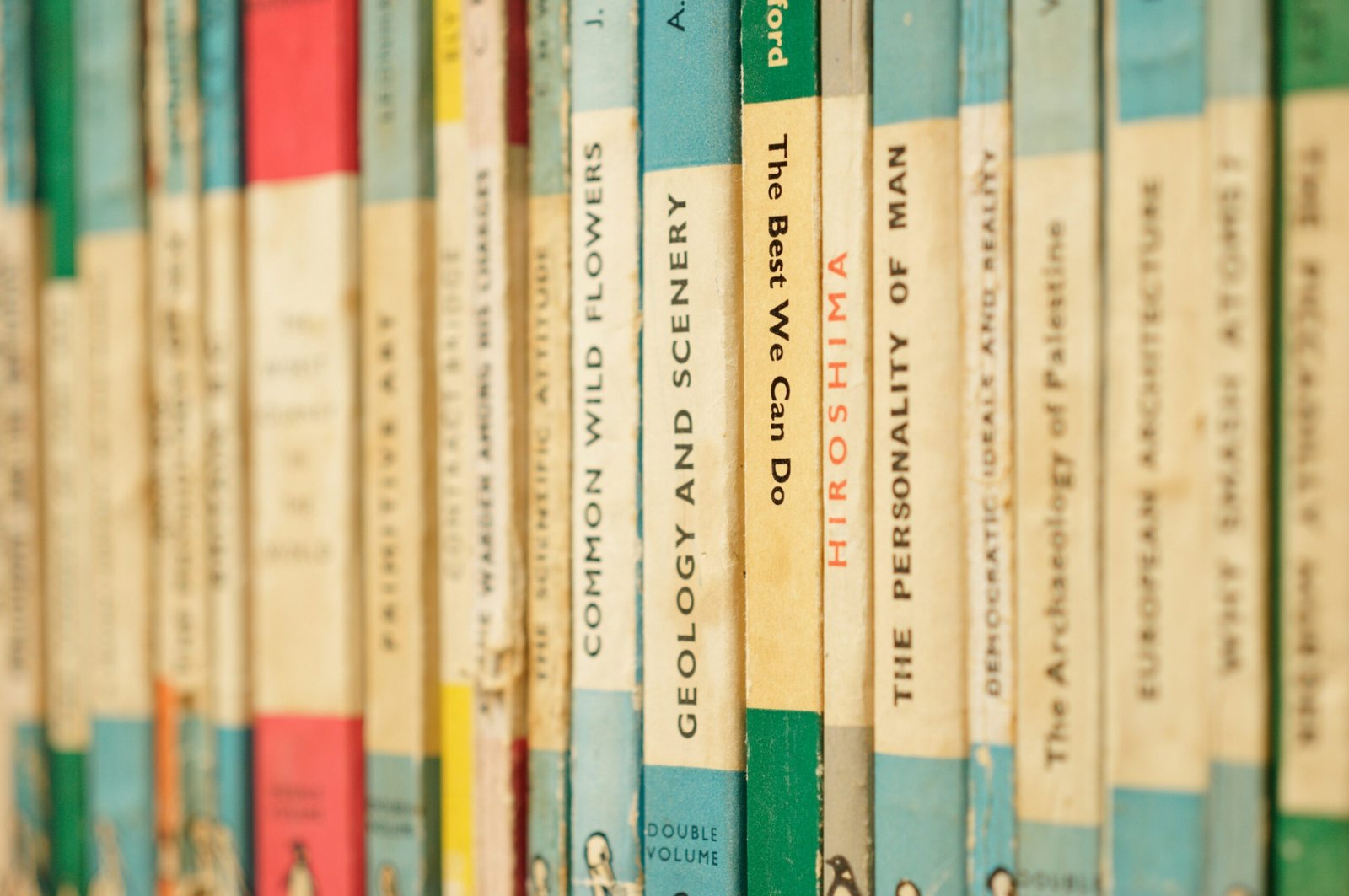Is that painting in your attic a Van Gogh original or a fake?

Understanding the authentication process at the Van Gogh Museum
Have you ever come across a painting that you suspect may be a lost masterpiece by Vincent van Gogh? Many art collectors and enthusiasts dream of discovering such a treasure, but distinguishing between an authentic Van Gogh painting and a clever fake is no easy task. The Van Gogh Museum in Amsterdam plays a crucial role in this process by providing authentication for works attributed to the artist. Let’s delve into the authentication process at the Van Gogh Museum and the challenges it faces in light of recent lawsuits and questions surrounding the legitimacy of some works.
The importance of authentication in the art world
When it comes to artworks attributed to renowned artists like Van Gogh, authentication holds significant weight in determining the value and credibility of a piece. A genuine Van Gogh painting can fetch millions of dollars at auctions, while a fake can be worth next to nothing. Hence, the authentication process is crucial not only for collectors and buyers but also for preserving the artist’s legacy and ensuring the integrity of art history.

The role of the Van Gogh Museum in authenticating artworks
The Van Gogh Museum in Amsterdam is renowned for its extensive collection of works by the famed Dutch artist. With a team of expert curators and researchers dedicated to studying Van Gogh’s life and work, the museum plays a pivotal role in authenticating artworks attributed to the artist. Collectors and art dealers often seek the museum’s stamp of approval to confirm the authenticity of a piece before putting it up for sale or display.
The challenges faced by the Van Gogh Museum
However, recent developments have posed challenges for the Van Gogh Museum in its authentication process. The surge in inquiries and requests for authentication, coupled with lawsuits from collectors disputing the museum’s judgments, have made the process more complex and time-consuming. As a result, the museum is reevaluating its role in authenticating artworks and may become more selective in providing certifications.

Case study: Stuart Pivar’s disputed Van Gogh painting
One such case that highlights the challenges faced by the Van Gogh Museum is that of Stuart Pivar, a New York art collector who claims to own a Van Gogh masterpiece titled “Auvers, 1890.” Despite Pivar’s conviction that the painting is an authentic Van Gogh, the museum deemed it otherwise. Pivar’s subsequent lawsuit against the museum for negligence and loss of value underscores the contentious nature of authentication in the art world.
The impact on the art market and auction houses
The Van Gogh Museum’s role in authenticating artworks extends beyond individual cases like Pivar’s to influence the broader art market and auction houses. Without the museum’s authentication, auction houses like Christie’s and Sotheby’s are hesitant to sell works attributed to Van Gogh, as the risk of selling a fake could tarnish their reputation and lead to legal disputes. As a result, the museum’s decisions have a ripple effect on the art market’s credibility and transparency.
Navigating the complexities of art authentication
For collectors, dealers, and art enthusiasts, navigating the complexities of art authentication can be a daunting task. The fine line between a genuine masterpiece and a skillful forgery requires expertise, patience, and an understanding of the nuances of an artist’s style and technique. While the Van Gogh Museum remains a trusted authority in this field, the recent controversies surrounding authentication raise questions about the reliability and limitations of this process.
The future of art authentication in the digital age
As technology advances and techniques for art forgery become more sophisticated, the future of art authentication faces new challenges and opportunities. Digital imaging, forensic analysis, and blockchain technology offer innovative solutions for verifying the authenticity of artworks and tracing their provenance. These developments may reshape the landscape of art authentication and provide new tools for combating forgery and fraud in the art market.
Conclusion: Navigating the blurred lines between authenticity and forgery
In conclusion, the Van Gogh Museum’s efforts to authenticate artworks attributed to the Dutch master underscore the importance of distinguishing between authenticity and forgery in the art world. As collectors and art enthusiasts navigate the blurred lines between genuine masterpieces and clever imitations, the role of trusted institutions like the Van Gogh Museum becomes increasingly vital in preserving the integrity of art history. By understanding the challenges and complexities of art authentication, we can appreciate the true value of authentic artworks and uphold the legacy of renowned artists like Vincent van Gogh.







